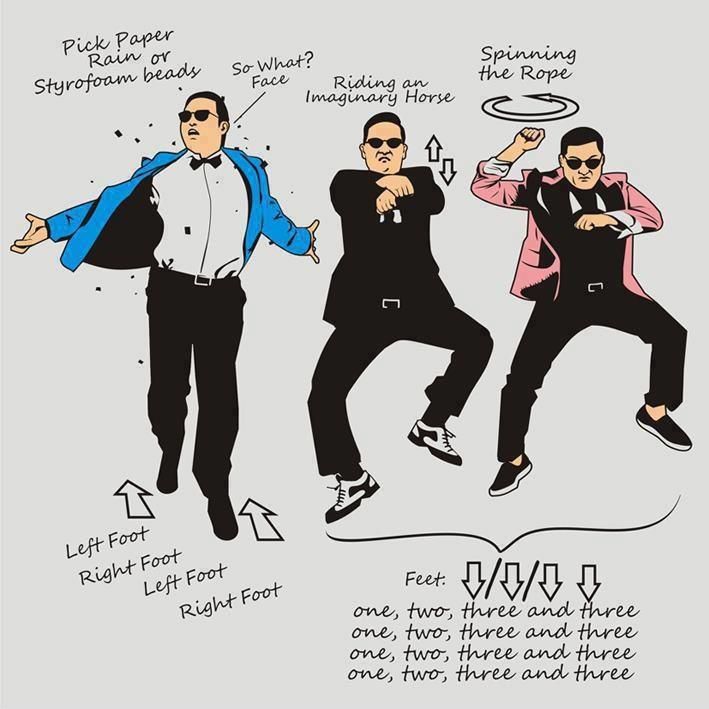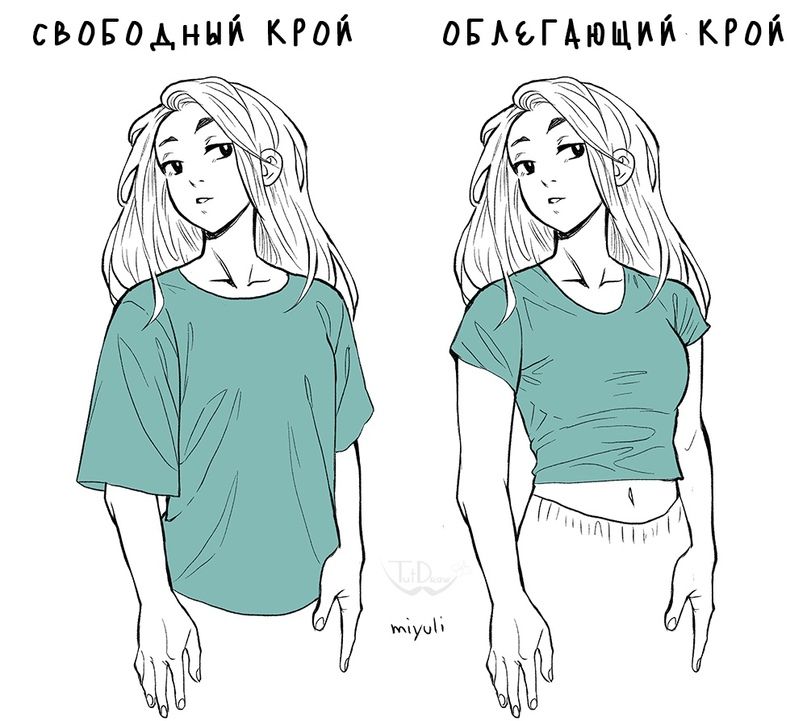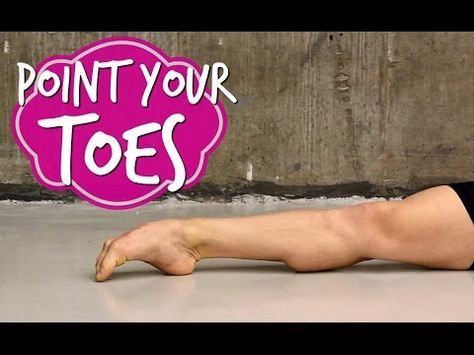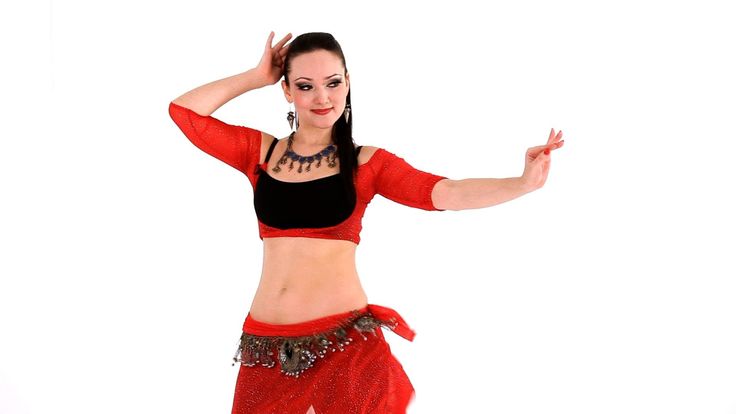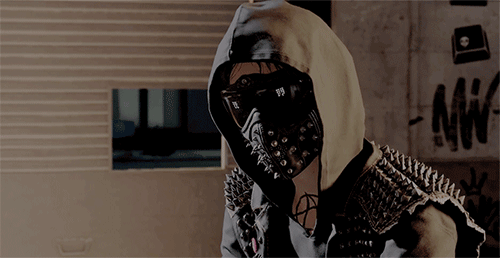How to dance tsamiko
Tsamikos (L*) – Greece (Transformed!) – Folkdance Footnotes
*A Living dance is a 1st Generation dance that is still performed in the country of origin (or immigrant communities) as part of a social event like a wedding where others can participate (not for an audience) by people who learned the dance informally (from friends and relatives by observation and imitation, not in a classroom situation). For more information, click here and here.
Tsamikos Transformed.
If you want to see how a supposedly fixed folk dance adapts to changing social mores, look no further than Tsamikos. This Greek dance has been an icon of Greek masculinity. It remains one of the most popular “village” dances in Greece. In typical Greek fashion, the line leader demonstrates his skills, then he yields to another until all who are able (or who are held in esteem) have done their turn. Leader’s moves can be spectacularly acrobatic and/or tests of agility or endurance. Legend has it that the Klephts, (guerilla warriors who liberated the Greeks from Turkish oppression), danced Tsamikos to keep fit, establish pecking order, gear up for battle, let off steam afterwards, and honor the slain.
Here’s an example of the iconic Tsamikos, found here: https://www.youtube.com/watch?v=nzvN0bqWSks
But how does our average “villager”, middle-aged and not terribly fit, dance Tsamikos?
The Times They Are A’Changin’
Throughout its history, most Greeks lived in villages.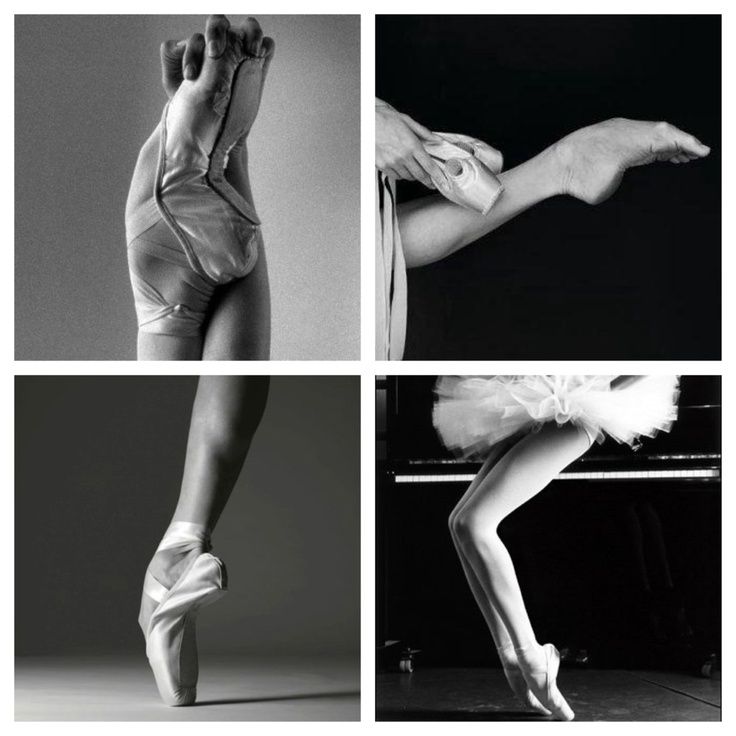 Even as late as the 1960’s, the majority of Greeks lived in the country, in a very patriarchal society. The average dance was led by a man, or all the men, followed by all the women. Now only one fifth of Greece’s population live in the country. The men and the young of both sexes have gone to the city, or left Greece, to look for work.
Even as late as the 1960’s, the majority of Greeks lived in the country, in a very patriarchal society. The average dance was led by a man, or all the men, followed by all the women. Now only one fifth of Greece’s population live in the country. The men and the young of both sexes have gone to the city, or left Greece, to look for work.
The older women left behind have had to perform tasks formerly reserved for men. TV has shown them city life, where women are more liberated. How does a village of mostly women dance Tsamikos? First – they take the lead! Then what? Well, like the men, it depends on your age. Mature women dance with dignity and restraint.
If you’ve got some energy…
Young, restrained, with feeling
There are now many all-female performing groups who have feminine Tsamiko moves:
(2:50 minute mark)
Notice that in all of these examples the basic Tsamiko pattern is 5 measures (10 steps). 5 is definitely the standard in Greece today.
If you have any comments, or would like an expanded list of You Tube examples, email me at [email protected].
Like this:
Like Loading...
Greek Traditional Dances
One of the many wonderful things about Greece is the strong role that traditional culture continues to play in modern life. You’ll see this at any festive gathering of Greeks abroad, and celebrations in Greece. Weddings, saints’ days, Baptism parties, or any time the mood strikes – these are all occasions for celebrating life through traditional dance.
Additionally, traditional dance is an essential component of many public national and religious festivals.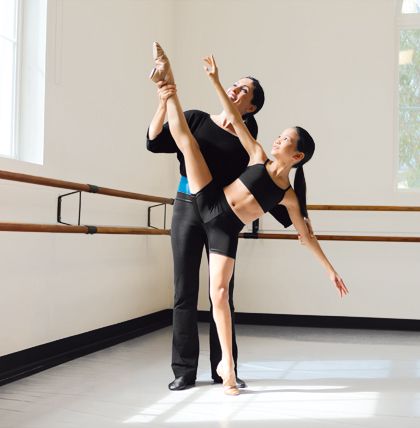 At such events, dancers wear traditional regional costumes, adding to the beauty of the performance. Very often, when men and women dance together, they alternate, which displays the costumes to even better advantage.
At such events, dancers wear traditional regional costumes, adding to the beauty of the performance. Very often, when men and women dance together, they alternate, which displays the costumes to even better advantage.
Greek dances are, for the most part, dances for groups of any size. And many of the dances are for men and women dancing together. They lend themselves to joyous group expression. While some of them are taxing and highly energetic, others are more flexible and less demanding – they can be enjoyed by all generations together. Many of these dances are also not that difficult to learn. The steps are largely not too complex.
KalamatianosThe Kalamatianos is the most popular dance throughout Greece – one could say it is the national dance of Greece. This is very fitting, because the Kalamatiano actually has its roots in antiquity. Homer references a similar dance in the Iliad, and Xenophon describes a dance of the ancient Spartans that has similar characteristics.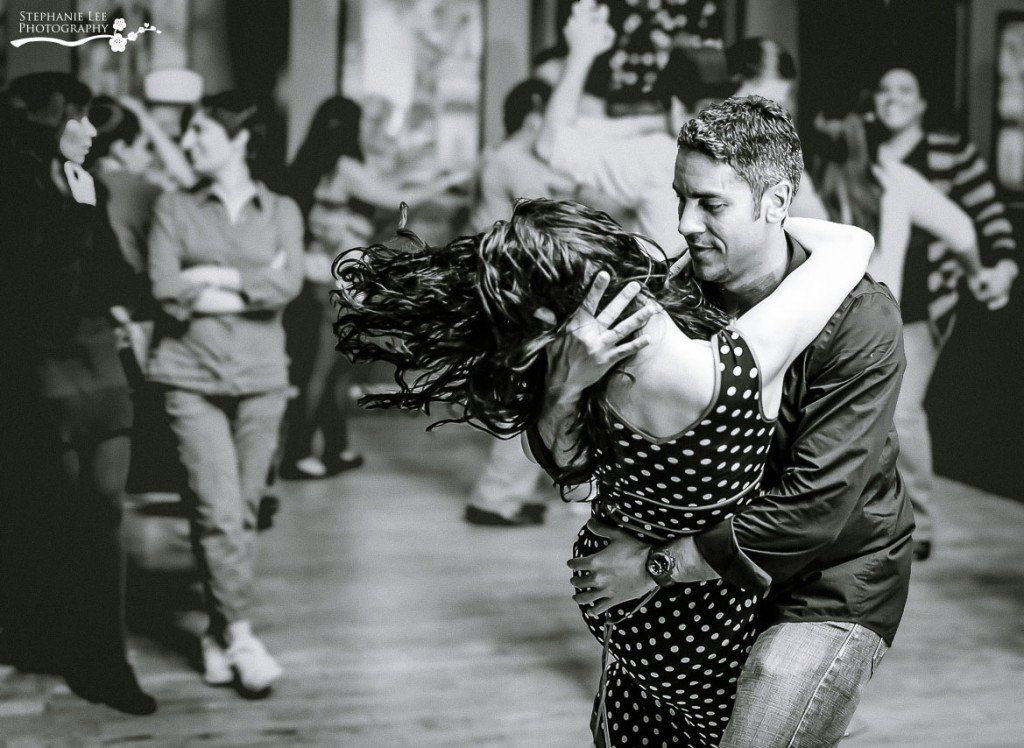 The modern Kalamatiano derives from the Syrtos of Peloponnese, and then came to take the name of the Peloponnesian city of Kalamata.
The modern Kalamatiano derives from the Syrtos of Peloponnese, and then came to take the name of the Peloponnesian city of Kalamata.
This is one of the easier traditional Greek dances to learn. Men and women join – hands on one another’s shoulders – forming a circular line. A series of lively steps – sometimes with the one leg crossing behind the other – progresses counter-clockwise for ten steps, then takes two steps back in the clockwise direction before proceeding to the next sequence. Of the Greek dances you may encounter at a gathering, this is likely the most simple – you can almost learn it on the spot.
If you are at a Greek gathering, you’ll likely be warmly encouraged to join. It is an inclusive dance, and anyone is welcome to join the circle at any time – step between any two dancers from behind and they will cheerfully separate to make room for you. You can learn this dance just by observing the steps of the other dancers. It won’t matter if you don’t know them straight away as long as you keep the rhythm and the direction of the other dancers.
This is one of the more fascinating of Greek traditional dances to watch. It is an intense dance, with the beat as the most important factor, more than specific intricate steps. The lead dancer will frequently perform spontaneous leaps and scissor-like kicks. Rather than having their hands on one another’s shoulders, the dancers grasp hands and hold them up, with their elbows at a 90 degree angle. This helps them support one another – especially the lead dancer who engages in exciting, acrobatic improvisations.
The tsamiko is named for the Chams, a people of Epirus. This dance is also called the Klephtiko, taking its name from the “Klephts” – the brigands who fought the Ottomans in the Greek War of Independence of 1821. This gives some insight into the dance’s intensity, and also into the tradition that usually this dance has been performed by men. The dancers sometimes wear the traditional “fustanella” – the costume worn by the Evzone, the ceremonial guard one sees at the tomb of the unknown soldier and the presidential mansion.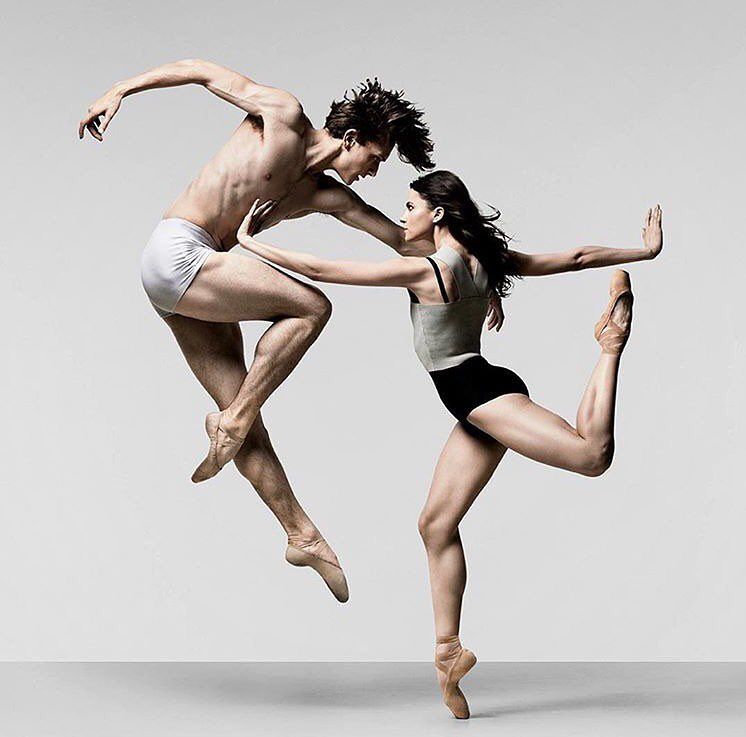
The Tsamiko is now also sometimes performed by women, and often there will be a circle of male dancers on the outside and an inner circle of female dancers.
The Tsamiko is popular throughout Epirus, Thessaly, Central Greece, and the Peloponnese.
PentozaliEtymologically, this dance has perhaps the clearest and most interesting name of all the dances. Those who know some Greek will notice the beginning of the name suggests the number five – this is a dance of five steps. The word “zalos” suggests leap or step in Cretan. But it’s also a word play: “zali” is also dizziness. This is in fact a dizzyingly energetic dance.
The Pentozali is the signature dance of Crete. This is a dance of warriors. The Cretans are especially heroic people, who fought bravely in many uprisings against the Ottomans. Cretan music and dance are expressions of their bold and brave nature – the tempos are fast, the music is stirring, and the dances are infused with adrenaline and excitement.
The dancers have their hands on one another’s shoulders, except for the first two- the second dancer holds the first dancer by the hand to provide support for the high leaps and kicks he performers. We say “he” because traditionally the Pentozali is danced by men. Traditional costumes for men – the “vraka” ( a type of loose breeches) facilitates athletic movements.
The lead dancer, after his improvisation, makes his way to the back of the line, so that each dancer in turn will lead the group in this ecstatic expression. Women now also perform the dance sometimes, but their traditional dress does not allow for the same range of movement.
HassapikoThis dance has fascinating origins. Amateur etymologists will be interested to know that the name of the dance comes from the Greek word for “butcher” – “hassapis.” That’s because this originated as a ceremonial dance of the butchers’ guild of Constantinople. It was adopted from the military of the Byzantine era, and was originally performed with swords, like a symbolic battle.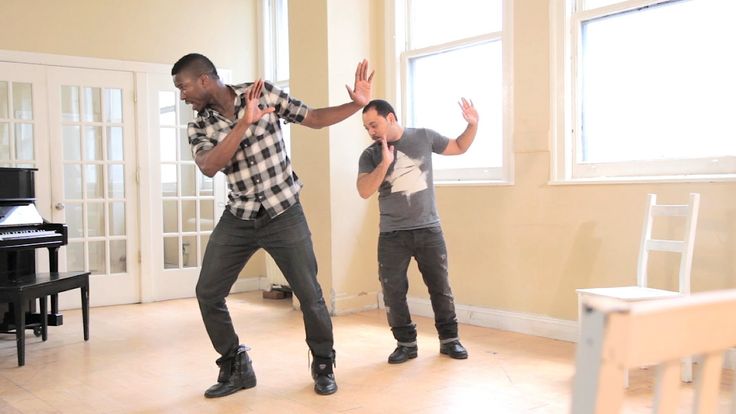 The dancers place their hands on one another’s shoulders and form a line or a circle. The steps are more complex than some of the dances, and involve not only side to side motions but forward and back, and even kneeling on one knee, a kick, and a small hop. It is a complex and energetic dance, but can be performed either slow or fast.
The dancers place their hands on one another’s shoulders and form a line or a circle. The steps are more complex than some of the dances, and involve not only side to side motions but forward and back, and even kneeling on one knee, a kick, and a small hop. It is a complex and energetic dance, but can be performed either slow or fast.
The hassapiko is a dance primarily seen in the north of Greece and in the islands, and is associated with ports and urban settings. The traditional accompaniment is the bouzouki or the baglamas. With its military origins, the hassapiko was traditionally danced by men. Now women also dance it sometimes too.
SyrtakiIf someone is familiar with just one Greek dance, that will be the Syrtaki. And for that, we have to thank one of the most famous Greek protagonists on the screen – Zorba the Greek. This is essentially a version of the hasapiko. The dance goes from slow with a 4/4 rhythm to quite fast (2/4) and energetic, with plenty of flair and style. The name comes from the word “syrtos” – a whole family of Greek dances. “Syrtos” in turn comes from the verb “syro” – to drag – as the head dancer in the line leads the group.
The name comes from the word “syrtos” – a whole family of Greek dances. “Syrtos” in turn comes from the verb “syro” – to drag – as the head dancer in the line leads the group.
Although the most famous perhaps of the Greek dances, it is also among the more challenging to learn. But you will certainly have fun trying.
Learning Traditional Greek DancesThese are among the best known of the Greek traditional dances. But there are many more. Each region has its own dances. Dance plays an essential role in Greek culture and in Greek education. Children learn traditional dances in school. And throughout the country as well as abroad, there are many cultural organizations and societies who keep Greek traditional dances very much alive. Anyone can join in this wonderful form of cultural expression, through such societies and through private dance schools, both in Greece and abroad.
What Where Is | Bars and restaurants | St. Petersburg
A drop of absinthe and the spiciest Korean fish soup: 11 anti-hangover recipes from St.
 Petersburg bartenders
Petersburg bartenders Especially suitable for New Year holidays.
Where do Sergey Goroshko, Pokras Lampas, Anton Lissov and 20 more eat breakfast: favorite dishes in cafes and restaurants of St. Petersburg
Sometimes it depends on the breakfast of one city dweller how the launch of a video platform for 40 million people or a lecture by students of the philological faculty of St. Petersburg State University will go! nine0005
35 New Year gastronomic gifts from St. Petersburg
Alcoholic and sweet advent calendars, salted lemons, Alexander Nevsky Lavra cheeses and chocolate smelt.
Butter beer and powdered snow with sparkles: 10 hot cocktails in St. Petersburg
The most warming drinks in bars and restaurants.
Merry Hanukkah! Sufganiyot donuts appeared in Bekitser and Babaganush restaurants
The traditional holiday dish can be tasted from November 28 to December 6.
Roe deer with porridge, oysters with pistachios and black chanterelles: the first set will appear in the Recolte restaurant in December
On December 10, in the first fine-dining restaurant of Dmitry Blinov and Renat Malikov, chef Alexey Alekseev launches the first set of Høste.
15 new breakfasts in cafes and restaurants of St. Petersburg
We tell you where they cook cheesecakes with tomato, kale pancakes and shakshuka with a view of the whole of St. Petersburg. nine0005
Where is the best pilaf and sausage in dough in St. Petersburg: restaurant critics share their weaknesses
Gastrojournalists Katya Sumenkova and Sasha Iordanov talk about their guilty pleasure.
Vegan festival Utroo starts in St. Petersburg with dishes based on alternative fish
For two weeks, five restaurants will offer set menus inspired by the sea and Asia, without the use of animal products. nine0005
8 secret restaurants of St. Petersburg: for rent by gastroproducer Alena Melnikova
Homemade Korean restaurant, ramen in the courtyards of Petrogradka, authentic Italy and an Uzbek cafe with belly dancing!
Mexican week from Paloma Cantina: world bartenders tour, book presentation and cartoon show
Cantina from the most titled bar in Eastern Europe celebrates 3 years!
"Pirozhkovaya" from the team of the Georgian cafe "Dzamiko" will appear on the "New Holland"
Belyashi with meat and pies with cabbage or cherries will be served.
Winners of the award "What's where to eat in St. Petersburg" - 2021
Sobaka.ru announced the winners at a solemn ceremony in the ballroom of the Grand Hotel Europe.
Breakfast with sparkling and canned tuna heart: the most interesting delivery from bars and restaurants in St.
 Petersburg
Petersburg We tell you what we will eat, where we will go and where we will drink in the next week! nine0005
Champagne everyone! How St. Petersburg restaurants celebrate Global Champagne Day
Spoiler: on the favorite holiday of the Sobaka.ru editors, very nice prices for glasses!
The finalists of the award "What's where to eat in St. Petersburg" - 2021 were announced
An expert council will begin the closed voting, which will select the winners.
Sobaka.ru hosts a dinner with the expert council of the What's Where to Eat in St. Petersburg 2021 award
Foodies will gather to choose the winners from the top three finalists!
Hummus, coffee and caramel: 17 dishes with pumpkin in St. Petersburg restaurants
Where is it prepared in three textures, who garnishes it with black truffle, and which cafe serves pumpkin drinks?
Vegan herring under a fur coat and alternative Doshik: 8 best diversity dishes in St. Petersburg
Catering has fully adapted to those who have given up meat, milk and eggs and offers plant-based options for their favorite dishes! nine0005
With halva, miso caramel or banana sorbet: 6 best French toasts in St. Petersburg
On a milk and egg soaked, creamy or gluten free brioche!
Main confessional dishes: what to eat in the cafe at the synagogue, the Lavra and the Buddhist temple in St. Petersburg
Kosher sushi, Buryat buuzas, dumplings, homemade cheeses and donuts!
Beets with mint and peaches with fennel: 7 best vegetable dishes in St. Petersburg restaurants
From the most progressive chefs of the city!
Wild brut, bone broth and St. Petersburg-flavoured candies: Top 5 craft projects
Craft production of the townspeople has reached a new level!
Announced the expert council of the award "What's where to eat in St. Petersburg" - 2021
We reveal the names of 30 foodies who will choose the winners of the Sobaka.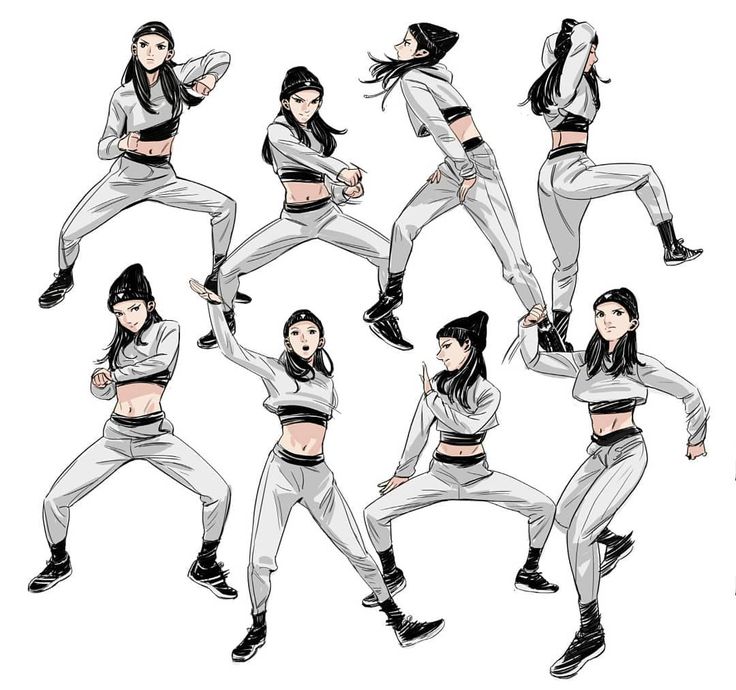 ru restaurant award.
ru restaurant award.
9 best sommeliers in St. Petersburg
They make wine themselves, teach it to drink in the planetarium and greenhouses, and their cards are awarded by the most prestigious wine rating in the world.
9 best new coffee shops in St. Petersburg
An interior from Wes Anderson films, a collaboration with a jewelry brand and a coffee shop from the country's best bookstore.
Publication date: December 24, 2021
Cultural plans: what to do in Moscow and St. Petersburg from 12 to 16 November
Solve visual charades at Pushkinsky, fall in love with contemporary choreography at the Bolshoi, and explore alternative universes at Garage.
Anna Efremenko
Look for non-obvious associations at the exhibition "There are strange rapprochements ..." in Pushkin - until February 6, 2022
from a new angle is possible at the exhibition “There are strange rapprochements ...”, which opened this week on the second floor of the Main Building. More than 400 works of art (from ancient to modern) from more than 50 collections are divided into 13 thematic parts, in each of which the exhibits are selected not chronologically, but according to the associative principle. To rhyme Suprematism with the classical Russian icon, and the Japanese ukiyo-e engraving with Flemish painting within the walls of the temple of art, the master of the principle of visual association, Jean-Hubert Martin (who, by the way, is the former director of the Pompidou Center), decided to rhyme. Another distinguishing feature of the exposition is the absence of etiquette and curatorial texts. However, in order to facilitate the path to knowledge for especially inquisitive visitors, all works of art are accompanied by numbers - to identify them, you just need to find the right number in a special brochure. nine0005
Another distinguishing feature of the exposition is the absence of etiquette and curatorial texts. However, in order to facilitate the path to knowledge for especially inquisitive visitors, all works of art are accompanied by numbers - to identify them, you just need to find the right number in a special brochure. nine0005
Pablo Ruiz Picasso. "Portrait of the poet Sabartes" ("Mug of beer"). 1901 Pushkin Museum im. A.S. Pushkina
Hone flips and lutzes at the New Holland skating rink — from November 13
The main winter fun for the inhabitants of the cultural capital — the New Holland skating rink — is ready to welcome the first guests this weekend. It will be possible to break the ice under the Italian disco and the Soviet stage in the company of scenery of figure skaters and skaters on spinning mobiles: this year the theme of the skating rink was Soviet porcelain figurines, which decorated the wooden stage, posters and posters. After you get tired of the axels and screws, go to Pirozhkovaya on Lipovaya Alley for a cherry pie and a curd ring from the creators of the Georgian cafe Dzamiko.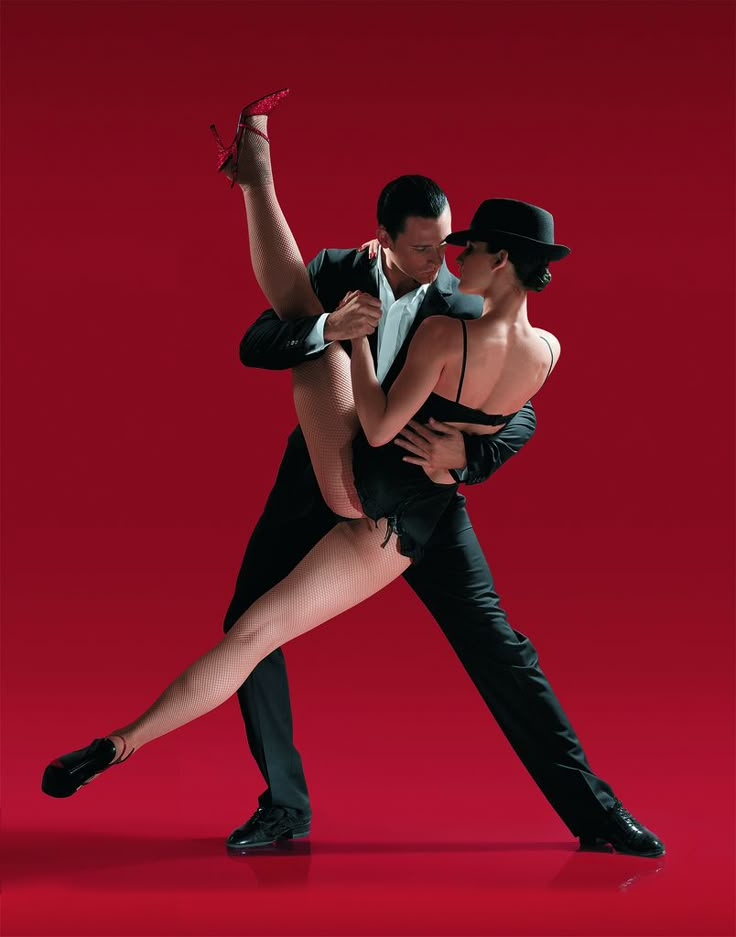 nine0005
nine0005
Check in to the Garage Alternative History Book Club - November 13
Can history be reversed? We propose to reflect on this issue on Friday at a meeting of the Garage book club.
On Saturday they read the science fiction novel How to Make History by Stephen Fry (yes, the same one who played Oscar Wilde). It is worth reading the book not only to find out what our world could have become if Hitler had not come to power, but also for the sake of the author's British humor. It is important that you can understand time travel and alternative versions of the key events of the 20th century in the pleasant company of Sergey Lebedenko, writer and author of the Knigizhar telegram channel. nine0005
Yakub Ruzhalsky. "Farewell", from the series World of 1920+
See behind the scenes of creating masterpieces of Soviet animation in the Jewish Museum and Tolerance Center - until January 9, 2022
Hedgehog in the Fog”, “Tales of Tales”, “Overcoats” and other cartoons from childhood, come to the Jewish Museum and Tolerance Center. This week, the exhibition Snow on the Grass by Yuri Norshtein and artist Francesca Yarbusova, wife and co-author of the director, opened there. The exposition is divided into 2 parts and includes more than 500 works, more than half of which are exhibited for the first time. The first part is a journey through the fairy-tale worlds of the director, from which you will learn how the houses in Maryina Grove and their inhabitants became part of the “Tale of Fairy Tales”. The second half of the exhibition is devoted to the mysterious behind the scenes of the animation workflow. nine0005
This week, the exhibition Snow on the Grass by Yuri Norshtein and artist Francesca Yarbusova, wife and co-author of the director, opened there. The exposition is divided into 2 parts and includes more than 500 works, more than half of which are exhibited for the first time. The first part is a journey through the fairy-tale worlds of the director, from which you will learn how the houses in Maryina Grove and their inhabitants became part of the “Tale of Fairy Tales”. The second half of the exhibition is devoted to the mysterious behind the scenes of the animation workflow. nine0005
Rethinking the Swan Lake ballet at the Bolshoi Theater — November 16, 17
A secular person may well declare the next week a non-working week: such a concentration of cultural events requires extreme concentration. Following the Tatler ball, people with good taste will walk couture on the New Stage of the Bolshoi Theatre. All because a new work of one of the main representatives of the new French dance, Angelin Preljocaj, will arrive there. This time the choreographer decided to aim at the Everest of the ballet world - "Swan Lake" by P.I. Tchaikovsky. He rewrote the libretto, put a familiar story in modern realities (now Odette is an eco-activist who was turned into a swan by the oilman Rothbart) and mixed the music of P.I. Tchaikovsky with electronic engineers 79D. Tickets, as usual, are no longer available, but we are sure that the Tatler man knows who to write to on WhatsApp in such cases.
This time the choreographer decided to aim at the Everest of the ballet world - "Swan Lake" by P.I. Tchaikovsky. He rewrote the libretto, put a familiar story in modern realities (now Odette is an eco-activist who was turned into a swan by the oilman Rothbart) and mixed the music of P.I. Tchaikovsky with electronic engineers 79D. Tickets, as usual, are no longer available, but we are sure that the Tatler man knows who to write to on WhatsApp in such cases.
Find out the history of the creation of immodest works of high jewelry in the Lobby — November 16
We offer to end Tuesday evening in a very cultural space Lobby on Ilyinka, from which Instagram bloggers have finally lifted the siege. Every Tuesday, their library hosts lectures on the course "History of Jewelry from the Belle Epoque to Wallace Chane". The lecturer is Daria Parfenenko, an art historian and representative of Christie's in Russia. This week we will talk about the challenges of the Art Deco era and the "golden period" of the Cartier jewelry house.